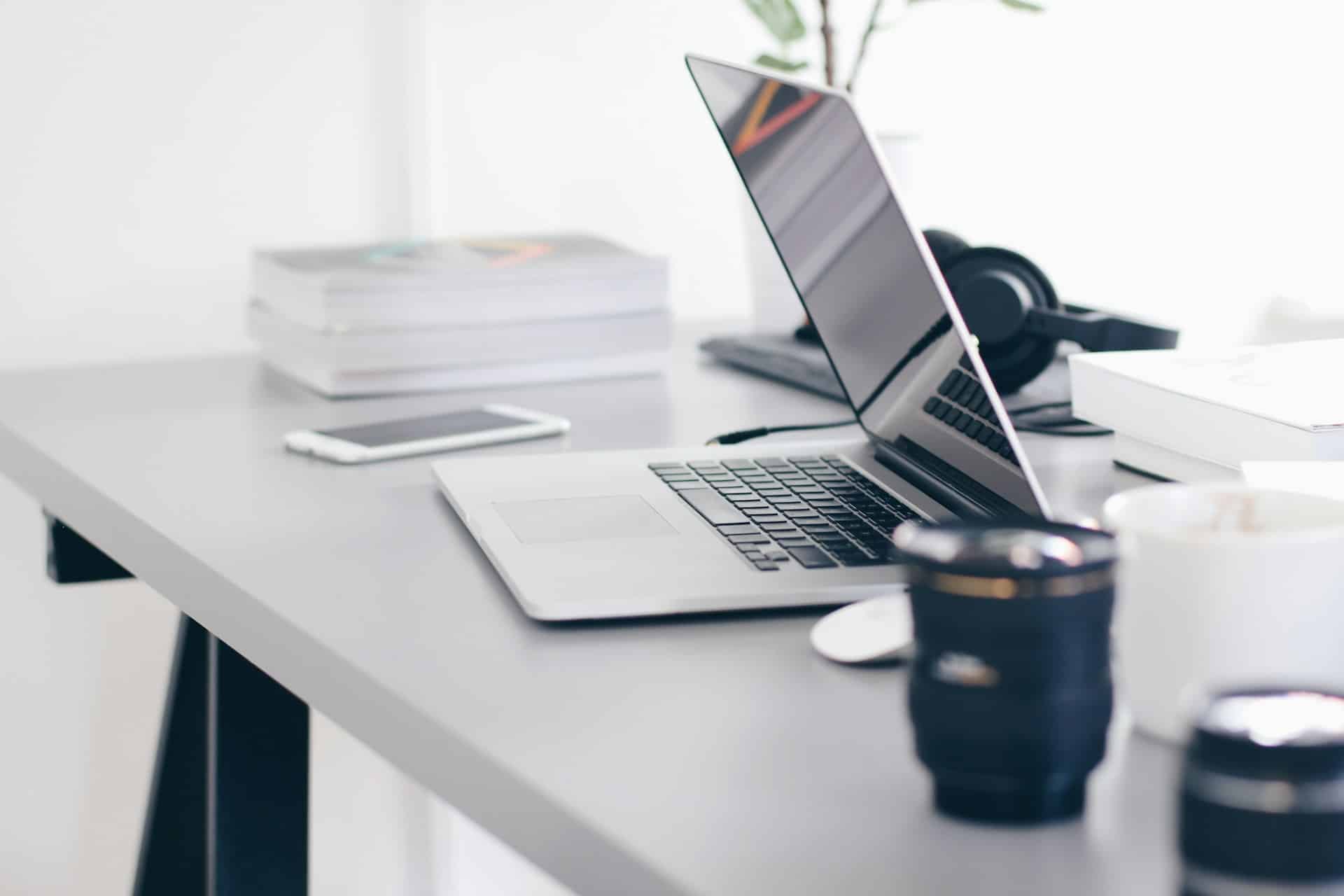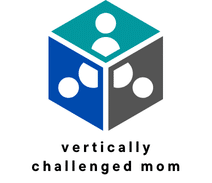How do you optimize a gaming laptop with an external monitor for competitive eSports?

Gaming laptops have significantly evolved, providing competitive eSports players with portable yet powerful machines. However, even the best gaming laptop can benefit from optimization, especially when paired with an external monitor. To ensure your gaming experience is at its peak, we will delve into key strategies to enhance your gaming performance.
Setting Up Your Gaming Laptop and External Monitor
Before diving into the specifics, let’s talk about the fundamental step of setting up your gaming laptop and external monitor. This setup is crucial for competitive eSports, where every millisecond counts.
A lire en complément : How do you configure a secure file-sharing system using an OpenMediaVault on a custom-built server?
Choosing the Right External Monitor
A high-performance gaming monitor can make a world of difference. When selecting a monitor, ensure it has a high refresh rate—at least 144Hz for smooth, fluid motion. Gaming monitors with a refresh rate of 240Hz or higher are ideal for competitive gaming, as they provide a significant edge in terms of responsiveness.
Additionally, consider the resolution. While 1080p is standard and less demanding on your graphics card, a 1440p or 4K monitor offers better clarity and detail. However, higher resolutions require more GPU power, so balance is key.
En parallèle : What are the steps to install and configure a high-end sound card in a custom-built audio production PC?
Connecting Your Monitor Correctly
Use the appropriate cables to connect your external monitor. An HDMI cable is common, but for higher refresh rates, a DisplayPort cable is preferred. After connecting, open the Display Settings on your Windows laptop and ensure the monitor is set as the primary display. Adjust the refresh rate in the settings to match the monitor’s capabilities.
Optimizing Windows for Gaming
Your Windows OS can be optimized to enhance your gaming experience. By tweaking a few settings, you can significantly improve your gaming performance.
Updating Windows and Drivers
Keeping your Windows system and drivers up to date is crucial. Windows Update ensures that your system has the latest patches and security updates. Similarly, updating your graphics drivers—especially if you use an NVIDIA GPU—ensures compatibility with new games and optimizes performance.
To update graphics drivers, visit the NVIDIA website or use the GeForce Experience app. This software not only updates your drivers but also provides game-specific optimizations.
Disabling Unnecessary Background Processes
Background applications can consume valuable system resources. Use the Task Manager (Ctrl + Shift + Esc) to identify and disable non-essential processes. Look for applications that are using a significant amount of CPU, memory, or GPU resources and close them to free up power for your games.
Adjusting Power Settings
Set your power settings to high performance. This ensures that your laptop utilizes its full potential, providing the necessary power to your GPU, CPU, and other components. Go to the Control Panel, navigate to Power Options, and select the High-Performance plan.
Tweaking Game Settings for Optimal Performance
In-game settings have a profound impact on your gaming performance. Balancing performance and visual quality is essential for competitive gaming.
Lowering Graphics Settings
Although it’s tempting to play with the highest graphics settings, lower settings can provide a higher FPS (frames per second) and more responsive gameplay. Reduce settings like shadows, textures, and anti-aliasing. Most games have a predefined Game Mode or competitive settings profile that balances performance and quality.
Enabling Game Mode in Windows
Windows has a built-in Game Mode that prioritizes your game over other background processes. To enable it, press the Windows key + G to open the Game Bar, then navigate to the settings and toggle Game Mode on. This feature minimizes system interruptions and optimizes performance.
Adjusting Monitor Refresh Rate and Resolution
Ensure that your game’s resolution matches your monitor’s native resolution for the best clarity. Also, set the game’s refresh rate to match your monitor’s capabilities to avoid screen tearing and input lag.
Enhancing Peripheral Performance
Peripherals, such as your mouse and keyboard, play a vital role in your gaming experience. Making slight adjustments can lead to significant improvements.
Disabling Mouse Acceleration
Mouse acceleration can hinder your precision in competitive games. Disabling it ensures that your cursor moves consistently with your physical mouse movements. To disable mouse acceleration, go to your mouse settings in the Control Panel, then navigate to Pointer Options and uncheck “Enhance pointer precision.”
Using a High DPI Gaming Mouse
Invest in a high-DPI gaming mouse. Higher DPI settings provide more sensitivity and accuracy, essential for fast-paced games. Adjust the DPI settings according to your preference and the game’s requirements to find the optimal balance between speed and control.
Customizing Keybindings and Macros
Customizing your keybindings and macros can streamline your gameplay. Assign frequently used actions to easily accessible buttons on your mouse and keyboard. This customization can save precious time during intense gaming sessions.
Monitoring and Maintaining Performance
Regular monitoring and maintenance of your laptop ensure consistent high performance. Here are some steps to keep your system in top shape.
Monitoring System Performance
Use tools like MSI Afterburner or HWMonitor to keep track of your system’s performance metrics. These tools provide real-time data on CPU and GPU usage, temperatures, and FPS rates. Monitoring these metrics helps you identify bottlenecks and make necessary adjustments.
Keeping Your Laptop Cool
Overheating can throttle your laptop’s performance. Ensure adequate ventilation and consider using a cooling pad to keep temperatures in check. Regularly clean the laptop’s vents and fans to prevent dust buildup, which can impede airflow.
Regular System Maintenance
Perform regular maintenance tasks such as disk cleanup, defragmentation, and virus scans to keep your system running smoothly. These tasks can free up valuable resources and prevent potential performance issues.
Optimizing your gaming laptop with an external monitor for competitive eSports involves a comprehensive approach. From choosing the right monitor and correctly setting it up, to optimizing Windows and tweaking in-game settings, each step contributes to an enhanced gaming experience. Regular monitoring and maintenance ensure your system continues to perform at its best. By following these strategies, you will be well-equipped to excel in the competitive gaming arena. Embrace the power of optimization and let your skills shine on the eSports stage.
